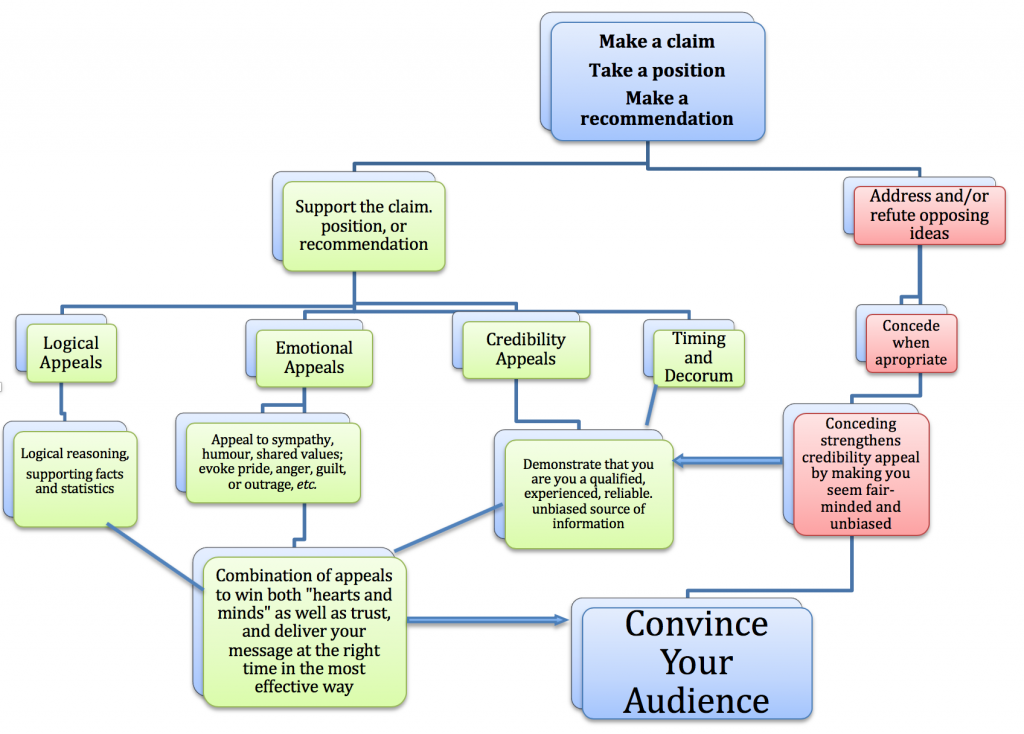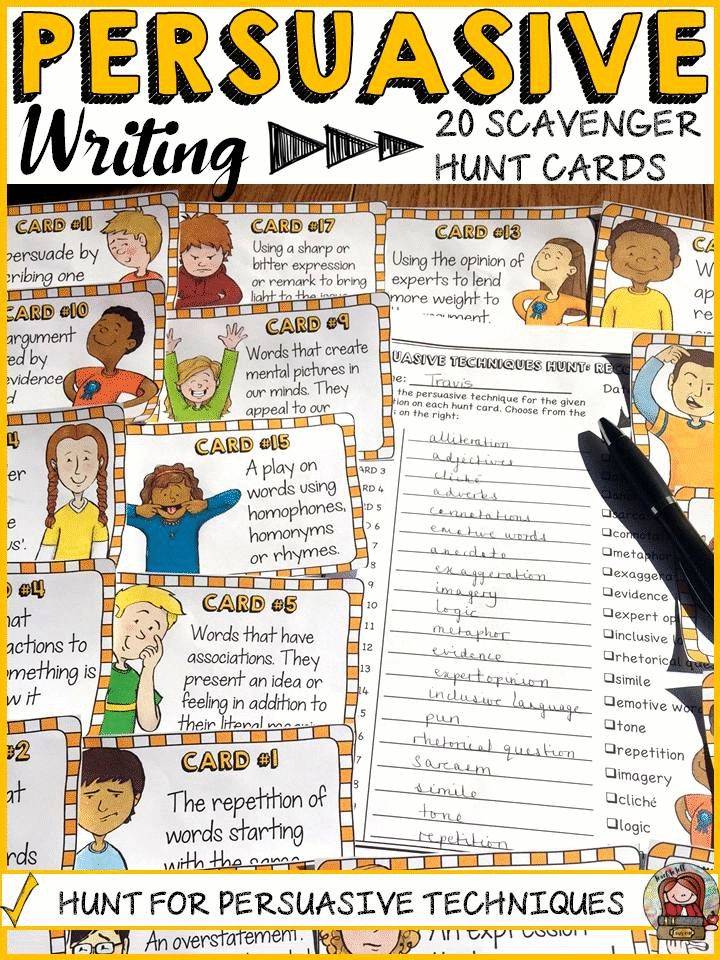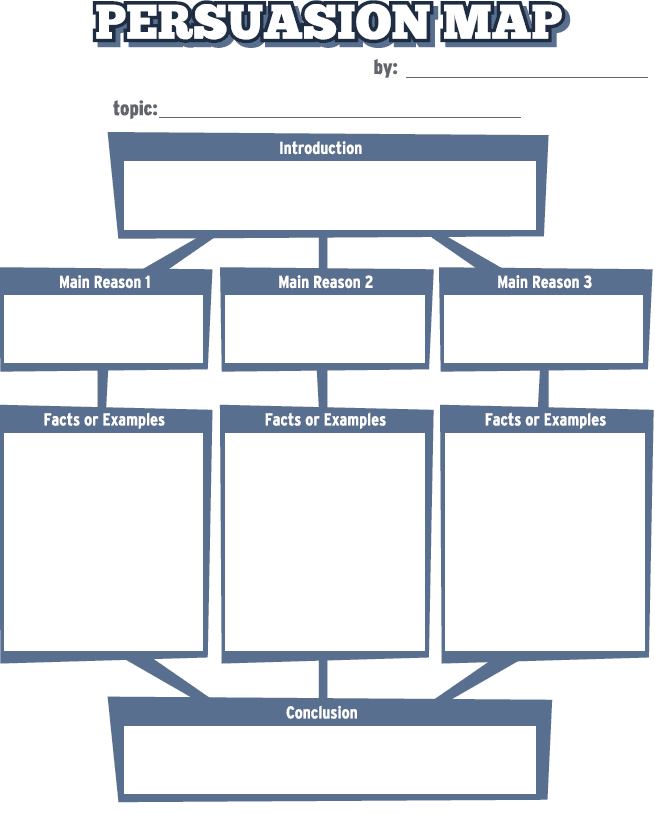Table of Contents
Rules For Writing Persuasive technical Content
What is Persuasive Technical content Writing?
To convince people to hire you to do a project and to reassure them that the project is going well you need Persuasive technical content writing skills.
Persuasive technical content writing is the most effective writing.
It strongly influences the reader’s mind.
Upcoming Batches of Technical Writing Course :-
| Batch | Mode | Price | To Enrol |
|---|---|---|---|
| Starts Every Week | Live Virtual Classroom | 15000 | ENROLL NOW |
Also, it persuades the reader of the writer’s competence, professionalism, and intelligence.
A document with persuasive technical content has the clarity of meeting the need of the reader
Moreover, it helps the reader to access information as and when required
The functional goal of technical content is to help your audience use your product successfully.
Technical content has persuasive objectives, for example, describing additional features available in a more expensive product.
Hence, encouraging them to buy the higher version.
Elements of Persuasive technical content writing
To present an effective, convincing and persuasive argument, you need to firstly, appeal t the emotions, secondly, the logic of your reader or audience.
You must also be convinced about your trustworthy source of information.
At the same time, be mindful of your word choice and tone while presenting your persuasive argument.
Also, you must ensure that your persuasive argument is constructive.
Also, it conveys the appropriate tone, message and purpose that you intend to convey.
Some view persuasion is not a legitimate tool for technical communication.
According to them, technical writing is supposed to be “scientific,” “objective,” “neutral.”
Proposals, progress reports, resumes, application letters, and complain letters are instances of technical writing as they convey technical information.
Therefore persuasion is an important tool in technical writing.
For effective persuasive technical content writing you must consider following these vital elements:
Ethos- Appeal to Credibility/ Authority:
- It is very important to establish your credibility, expertise or authority while making your argument.
- The skills, knowledge and experience that you possess.
- Your role in the organization
- why must the reader trust you as a reliable, knowledgeable, authoritative and ethical source of information.
Pathos- Appeal to emotion/ Interest? Values:
- It is very important to emotionally connect with the reader.
- Also, the reader must feel good about your project.
- Please ensure, the reader is convinced that your project proposal will benefit them.
- It is important to evoke emotions so that the reader feels a sense of pride to be associated with your project.
Logos- Appeal to logical reasoning:
- You must base your argument in logic, reason, evidence.
- Provide facts and data on which your argument is based.
- Evidence-based arguments are the strongest.
- Also, Government organizations and similar companies prefer evidence-based decisions.
Kairos- Appeal to timelines/Appropriateness:
- Appropriate Timing is the essence of any argument.
- It is important to note what is relevant in the current times and scenario
- What is in and what’s not.
- The right time to initiate or broach a topic, initiate a proposal
- Not to miss the appropriate tone, decorum, and level of formality in a particular situation.
Stylistic Appeal for writing persuasive technical content
Use of language and visual effects to increase the persuasive impact
A glossy, fancy design your a resume can have a positive impact as much as the content will have.
Toulmin approach to persuasion
You must have come across the Toulmin approach In rhetoric and composition studies.
It involves claims, grounds, warrant, backing, and rebuttal.
Most useful elements of the Toulmin approach are rebuttal and concession.
Rebuttal
You directly address counter-arguments that your persuasive opponent may bring up.
Demonstrate how wrong they are.
Stimulate a back and forth debate-style argumentative process
Imagine your opponents counter-arguments
Finally, Frame your rebuttal accordingly.
Counter-argument
Persuasion can be structured completely around tearing down the opponent’s argument.
Concession
In a concession, you acknowledge that the opposing arguments have some validity.
Furthermore, You explain how they do not damage your overall argument.
Besides, Concessions also build a personal appeal and make you seem more open-minded.
Synthesis- a middle ground where the two opposing parties drop their weapons and agree.
As per modern rhetoricians, writers must not view the persuasive process as a win-lose, all-out war.
Especially when people are entrenched, they shut out the argument on the other side.
Such rigidity prevents us from resolving the issues.
The process of counter-argument, rebuttal, and concession must be sincere.
Also, it must continue until all parties reach synthesis.

Some fundamental rules of writing persuasive technical content
Select your topic and approach
Think of the main issue of the day- GLobal warming, alternate fuels, zero population growth, cloning etc.
These topics have multiple issues that are hotly debated.
Also, these topics have a technical side that challenges your skills as a technical writer.
Define each of your argument.
Plan how will you support your argument.
Prove each logical argument, using facts, data reasoning and examples.
Consider personal appeal
Likewise, personal appeal also does not have a logical relevance to an argument.
By using personal appeal you build readers confidence in you as a knowledgeable and reliable.
Citing years of experience, education and accomplishments are an example of building personal appeal
Consider Emotional appeal
Emotional appeal captures at best reader’s attention and gets them to care about the issue.
At worst emotional appeal can arouse strong emotions such as fear and anger that can prevent the reader from thinking clearly about the issue.
Address counter- arguments
Be prepared to counter-arguments, the objections that are raised must be discussed.
Show how their counter-argument is irrelevant to your main point.
One must follow these Rules of writing effective persuasive technical content-
Avoid using Ad- speak
While communicating in a professional context we must avoid using language used in advertisements.
Though it sounds convincing but must be avoided as it leads to
- Emotional Manipulation
- Logical fallacies
- Exaggerations
- False claims
- Incomplete or cherry-picked data
- Hyperbole
As a professional writer, one must develop a sense of social obligation to be trusted.
Avoid using sensational marketing language
Use quantifiable measurable descriptions and objective language.
Avoid using descriptions like awesomeness, fantastic-ness, extraordinariness or incredible as they cannot be measured.
Instead use measurable terms like efficiency, effectiveness, popularity.
Communicating Ethically
When it comes to professional writing, It is very critical to communicate ethically.
By communicating ethically you demonstrate respect for your reader, your organization, your culture and your context.
Ethical communication involves accountability, responsibility, integrity, and values.
You foster fairness, trust and credibility through honesty.
If you do not practice ethical communication, you could damage your reputation, face loss of work, lawsuits, criminal charges etc.
Understanding the audience’s aspect
Analyzing the reader’s need can help writers
A professional writer will analyse his reader and his needs and write accordingly
For instance, if the reader is busy the writer can put the most relevant information first
A busy reader would also want his headings and subheading to access the information easily and quickly.
If the reader is hostile the writer can use positive language to create a feeling of goodwill in the reader.
Understanding Alliteracy
Most readers these days can read but choose not to.
Understanding alliteracy the writer can create a document that enhances the reading process
Makes it easy for the reader to get the information they need quickly and easily.
Apart from alliterating readers also do not read the document to the end in one sitting.
The writer can aim to create a useful document that helps the reader to access information in one go.
Create a “buy-in”
While writing persuasive technical content, readers must be persuaded to buy into the writer’s argument, point or purpose.
One way to create buy-in is “identification”
Identification can be created by organizing the document in such a manner that it meets the reader’s needs, use.
However, identification is the idea of making the reader trust that the writer has the readers best interest at heart.
The aim is to generate a well -written, easy to read and understand the document.
Moreover, it must be done with an effort to create a good impression.
At the same time persuade our reader to buy into our argument.
Writers must ensure that the reader can comprehend and use the information, the way they need.

Identify the purpose of writing persuasive technical content
Writers must have clarity about the purpose of their document.
You want your audience to make a decision?
You want your audience to take some action?
Or you want to pass the document to explain an idea?
Effective writers must articulate the goal of their document.
without a goal they will not be able to write a useful document for the reader.
And the reader would not be able to accomplish their goals.
Analysing persuasive language is very important for writing persuasive technical content
Here are some rules of writing persuasive content-
Identifying the contention
The contention is another word for point of view.
What the writer believes, starting the sentence with that word can help you understand writers contention.
Identifying Tone
Tone refers to the general feeling of the piece of writing.
The tone could be-
Logical: rational, reasonable, analytical, cogent
Neutral: impartial, balanced, objective, unbiased
Informed: Knowledgeable, well-read
Passionate: emotional, emotive,ardent,vehement.
Rules of writing persuasive technical content- Practical techniques
To ensure that your persuasive technical, skills are effective writers must imbibe the following practical techniques.

Avoid redundancy and excessive verbiage:
It is very important to understand how much is too much.
Keep your content simple and clear
Excessive verbiage can make the readers task hard to comprehend the purpose.
Avoid adding too much information as it shows that the writer has not analyzed the reader well.
Exclude pronouns with no noun referent
To make it easy for the reader you must create a flow in your writing.
That can be done by eliminating pronouns that have no noun referent.
Do not start sentences and phrases with the pronoun, It makes it hard for the reader to get information.
Readers Pay the closest attention to what comes first and last in the sentence.
Remove unnecessary pronouns at the beginning of the sentence else your content will look cloudy.
Avoid changing verbs into nouns
Changing verbs into nouns can make your sentence unnecessarily wordy.
Also changing a strong verb into a noun makes us relay on weak verbs.
Frame emphatic sentences by using vibrant verbs.
Adjectives: describing words make the reader feel a particular way about the issue.
Adverbs: Adverbs modify adjectives or verbs.
Like adjectives they are used to make the reader feel in a particular way about an issue.
Alliteration: The repetition of words starting with the same is done to emphasise on a particular issue.
Anecdotes: short, personal stories that help illustrate a point.
Appeals:
writers often appeal to different emotions.
It is important to appeal to the reader’s sense of fairness, justice or patriotism.
Colloquial or everyday language:
Writers often use everyday language to connect with their reader and also make themselves seem down- to earth
Cliches:
Although it is recommended that cliches ( overused expression) should be avoided.
Cliches also allow the writer to express an idea to their readers quickly.
Some examples are-
- All is well that ends well
- Absence makes the heart grow fonder
- Time will tell
Connotations:
All words have connotations or associations.
Connotations could be negative or positive.
Some words may have the same literal meaning but different connotations.
While writing an argument choose your words very carefully and also how they would impact the reader.
For example, The word thin would mean, slender, slim, lanky, anorexic, skinny, gangly, undernourished.
If someone was describing your body you would prefer being called slim or slender rather than lanky or anorexic.
Emotive words:
Using emotive words in persuasive technical writing can provoke an emotional reaction from the audience.
Exaggeration:
By exaggerating or overstating something in persuasive technical content, writers can help persuade the readers to understand their point of view.
Evidence:
Evidence in the form of facts, figures, data, graphs, and quotes are crucial for writers to support their purpose or argument.
Expert opinion:
Since persuasive technical content writing is all about convincing your reader, using the opinion of experts works as a useful tool.
Inclusive language: Using words like ‘we’ or ‘us’ often help to get the reader on board or onside.
Imagery: Creating an image in the reader’s mind through descriptive writing, is a powerful persuasive technical writing technique.
Logic: A logical and wells structured argument can be very persuasive.
Metaphor:
Metaphor is used when something is described as another to create a comparison.
Example- It is raining cats and dogs is used to express the extent of rain.
Life is a journey, where life is compared to a journey.
Pun: It is a form of wordplay that exploits multiple meanings of a term used to create a humorous or rhetorical effect.
This play on words often relies on homophones, homonyms or rhymes.
Repetition is again a powerful tool used to reinforce your idea or argument in persuasive technical writing.
Rhetorical question: Framing questions where the answer is very obvious helps the reader reach a particular conclusion.
Tone: It is important to analyse the tone.
It is the overall feeling your document conveys.
Is it passionate? Reasonable? Logical? Sarcastic? Or Funny?
Reading And Annotating
It is very important to read the text carefully and annotate it by identifying:
- Contention
- Tone
- Audience
- Arguments
- Language
- Persuasive Devices
FATCAT
You must pay attention to what needs to be included in the introduction to an argument analysis essay.
The acronym FATCAT will help you remember that.
Form-What is the form of writing? An opinion piece? Letter to the editor? Speech?
Author– Who has written the piece and his involvement?
Contention-Writer’s point of view.
Audience– Who is the write up intended for?
Tone- What is the tone that the writer has adapted?
Body Paragraph of the persuasive technical content
In the body paragraph:
- you must identify the argument,
- discuss the persuasive techniques that the writer has used to support the argument.
- make reference to how different techniques make the reader feel or react.
Use the acronym AAPEE while writing an argument analysis essay.
- Argument- identify the argument
- Analysis– analyse the writer’s argument
- Persuasive technique– Identify the persuasive technique used to make the argument.
- Example-give example of the technique.
- Effect– Explain its effect on the audience.
You can use the PEE part repetitively.
Writing a conclusion of the persuasive technical content
Discuss the final argument and why did the writer choose to end the article that way.
The last paragraph is the final plea to the reader.
A call to action or a dramatic statement must linger on their mind.

The Persuasion Tools Model
Andrea Reynolds developed the Persuasion Tools model.
The model is based on work by psychologist Kenneth Berrien that links negotiation and persuasion style to emotional Intelligence (EI)
This model helps you find the best negotiation approach to use, based on your level of intuition and influencing capabilities.
This model not only helps you develop your persuasion and influencing skills but also and make you a better negotiator.

The horizontal axis represents influencing, that is your overall persuasion capability.
The vertical axis represents your level of intuition required while using certain negotiating style.
The quadrants highlight negotiation approaches that work best for you as per your intuition and influencing skills.
These approaches are- emotion, logic, bargaining and compromise.
For example, if you have low intuition level but good influencing skills the best-suited approach for you would be logical.
However, if you are low on intuition and poor influencing skills then the best approach for you would be compromised
Negotiating Styles:
Emotion- You need a high level of intuition and good influencing skills to understand the emotions and sentiments of people you are negotiating with.
Therefore you must use emotion effectively.
Logic– If you are low on intuition but high influencing skills you must use facts and data.
Bargaining– It is the most popular style of negotiation.
To bargain effectively you may not have high influencing skills but you need to have a higher level of intuition.
Moreover, the timing of bargain has to be right otherwise it can be costly.
For instance, if you get into bargaining too soon into a negotiation.
Compromise– This is the least powerful negotiating style and the only resort for less-skilled negotiators.
The Persuasion Tools Model helps you identify which negotiation approach.
It works best for you by matching your level of intuition and influencing skills.
Also, these tools will surely help you improvise your chance of positive outcome in your negotiations.
I am positive that following and incorporating above all rules of writing persuasive technical content- The elements, The appeal, The correct persuasive language, also, The tools and bringing them into practice will certainly help you write effectively.
Recommended Reads:
- Technical Writing Course in India
- Technical Writing Course Online
- Content Writing Courses in India
- Content Writing Courses Online
- Creative Writing Courses in India
- Creative Writing Courses Online
Recommended Programs
Content Writing Course
with Gold Membership
*Learn from South Asia's Oldest Content Writing Course | Recognized by American Association of EFL, Content Writing Association of India, UK Cert, UKAF & MSME | Guaranteed Live Projects & Internship Opportunity.
Technical Writing Course
with Gold Membership
*A cutting-edge Technical Writing Course which teaches you the fine art of transforming data and information accumulated through a process or experimental work into technical documentations and guides.
Creative Writing Courses
with Gold Membership
Henry Harvin® Creative Writing Course Ranks#1 in India by The Statesman! Creative Master the creative writing skills to compose engaging Fiction, Creative Nonfiction, Drama, and Poetry that will snap a reader’s curiosity from the advent to end of your write-up.
Medical Writing Training
Course and Certificate
A one-of-a-kind Medical Writing course which helps you get a thorough understanding of pharmaceutical regulatory writing as well as medico-marketing writing. Strengthen your writing prowess as you boost your skills as a medical and scientific writer. The Certified Medical Writer(CMW) certification is your key to success.
Explore Popular CategoryRecommended videos for you
Best Content Writing Tutorial for Beginners
Free Content Writing Tutorial for Beginners
Best Technical Writing Course
Technical Writing For Beginners
Creative Writing Course Tutorial
Understanding Creative Writing
Medical Writing Tutorials for Beginners
Medical Writing Tutorials for Beginners


